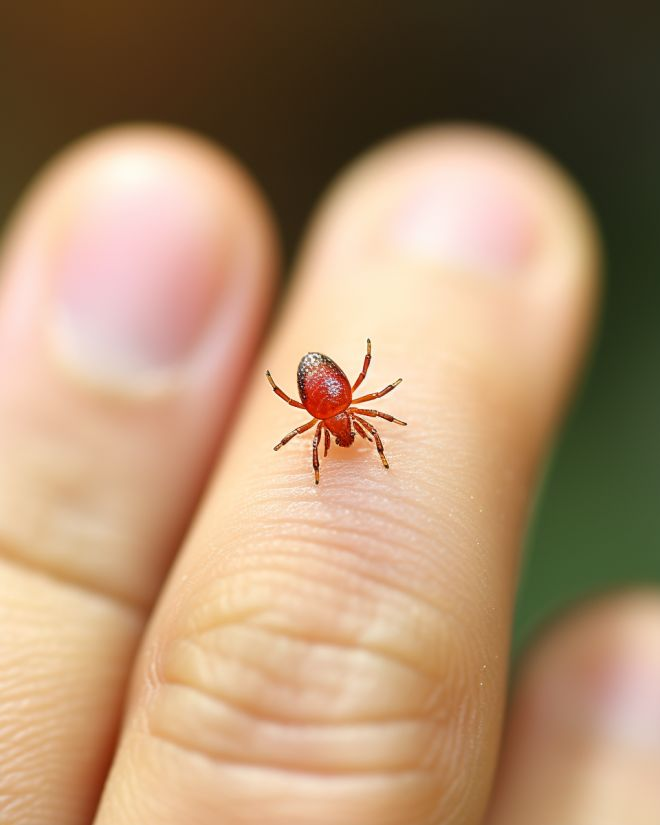The Heartland virus is a new and emerging tick-borne illness that’s quickly spreading across the United States. Carried by the lone star tick, this virus can cause severe flu-like symptoms and even result in hospitalization or death.
In this comprehensive guide, we’ll dive deep into the Heartland virus, the lone star tick responsible for its transmission, and provide essential tips to help you avoid becoming the next victim.
The Heartland virus is a relatively new pathogen that was first identified in 2009 in two men from Missouri. Since then, cases have been reported in at least six states, including Georgia.

According to Gonzalo Vazquez-Prokopec, PhD, an expert in vector-borne diseases at Emory University, “Heartland is an emerging infectious disease that is not well understood.” He adds, “This study confirms the presence of the virus in Georgia and, more importantly, that it is being transmitted by the lone star tick, the most abundant tick species that bites humans in the state.”
The Vector for Heartland Virus
The lone star tick, known scientifically as Amblyomma americanum, is the primary carrier of the Heartland virus. These ticks are most commonly found in the eastern, southern, and south-central regions of the United States, but their range has been steadily expanding over the last 20 to 30 years.
The lone star tick goes through three main life stages: larva, nymph, and adult. Regardless of the stage, these ticks are capable of feeding on humans and transmitting the Heartland virus. In fact, your pet may even bring these ticks into your home.
Symptoms and Risks of Heartland Virus Infection
The Heartland virus can cause a range of flu-like symptoms, including:
- Fever
- Fatigue
- Headaches
- Muscle aches
- Diarrhea
- Nausea and vomiting
In some cases, the infection can lead to hospitalization and even death. According to the latest study, 1 out of 2,000 ticks analyzed was found to be infected with the Heartland virus, indicating that the risk of exposure is real and growing.
Protecting Yourself from Tick-Borne Illnesses
To reduce your risk of contracting the Heartland virus or other tick-borne diseases, it’s essential to take proactive measures. Here are some effective strategies:
Avoid Areas with High Tick Populations
Be extra cautious in grassy, woody, or animal-dense areas, as these are preferred habitats for ticks. If you’re spending time outdoors, such as hiking, camping, or gardening, be vigilant and aware of your surroundings.
Treat Your Clothing and Gear
Treat your clothing, boots, and camping gear with products containing 0.5% permethrin. This insecticide can effectively kill and repel ticks. Alternatively, you can purchase pre-treated, permethrin-infused clothing and gear.
Perform Tick Checks and Shower Promptly
Conduct a thorough tick check on yourself, your family, and your pets after spending time outdoors. Shower within 2 hours of outdoor activity to wash off any unattached ticks.
Stay Informed and Vigilant
Keep up with the latest developments and research on the Heartland virus and other tick-borne illnesses. If you experience any flu-like symptoms or suspect a tick bite, consult a medical professional immediately.
Conclusion
The Heartland virus is a new and emerging threat that’s quickly spreading across the United States, carried by the increasingly ubiquitous lone star tick. By understanding the risks, taking proactive prevention measures, and staying vigilant, you can significantly reduce your chances of contracting this potentially life-threatening illness.
Remember, being informed and taking the right precautions can go a long way in keeping you and your loved ones safe during tick season and beyond.


